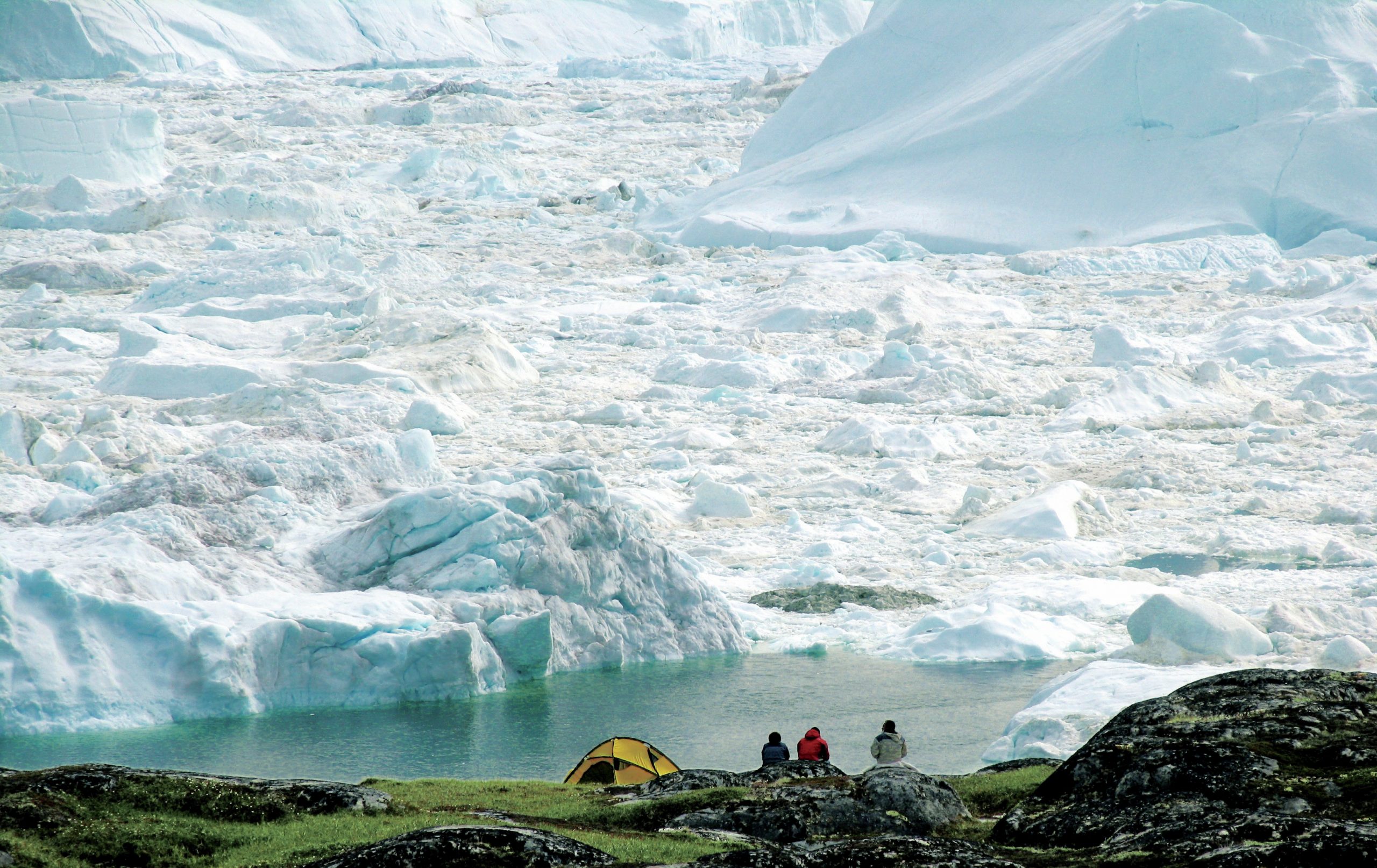
Greenland is a large island situated on the Arctic Circle, between Iceland and northern Canada (see Figure 1). It has an area of over 2 million km2 and is the 13th largest country in the world. However, with just 57,600 inhabitants (2009 estimate) it is also the world’s least densely populated country.
Most of the population (88%) are native Greenlandic Inuit (formerly called ‘Eskimos’), while 12% are Europeans, mostly Danes. The official language, Greenlandic, is a form of the Inuit language also spoken in Canada and Alaska. The capital and largest town is Nuuk (formerly called Godthåb).
Your organisation does not have access to this article.
Sign up today to give your students the edge they need to achieve their best grades with subject expertise
Subscribe




